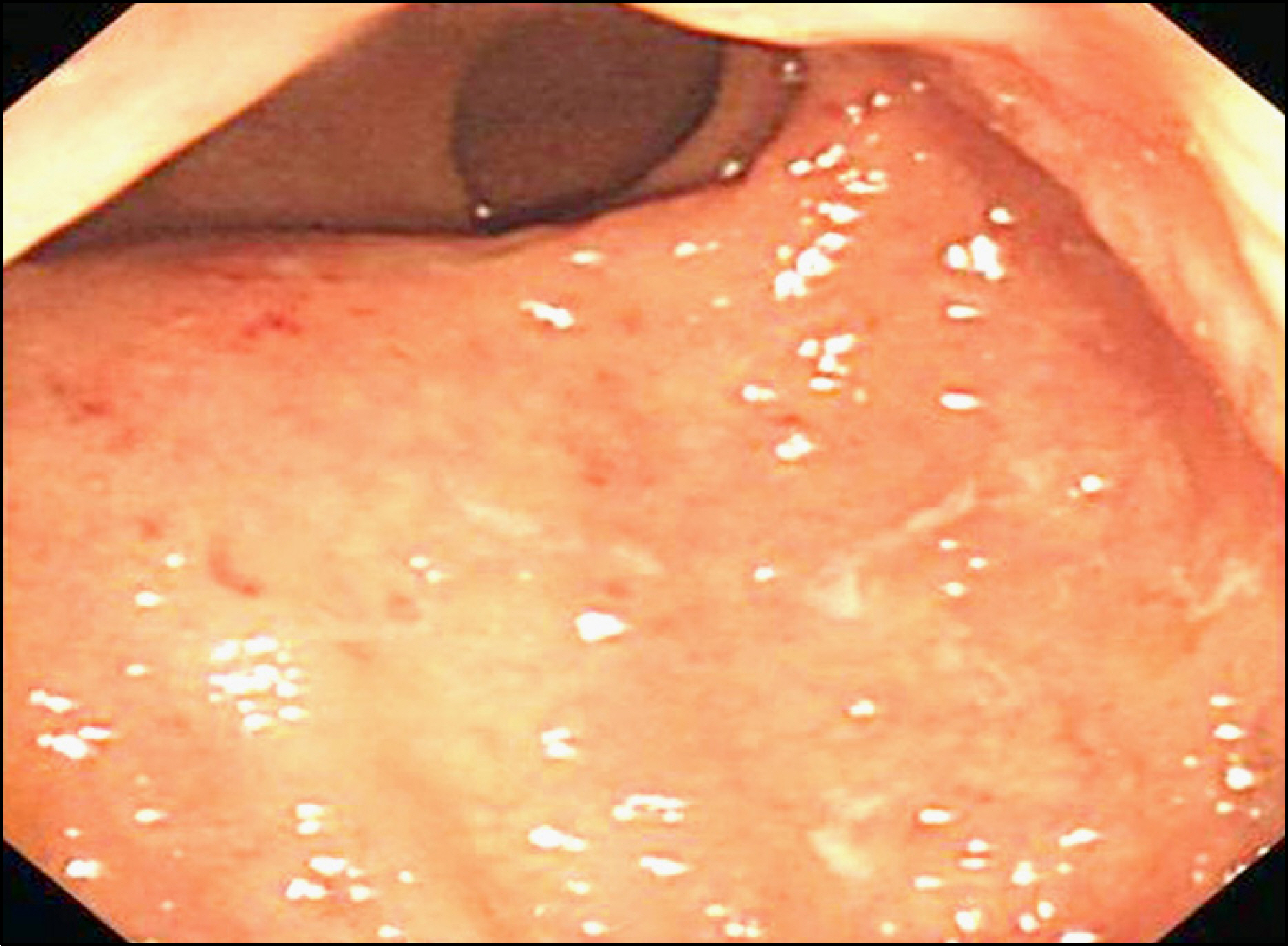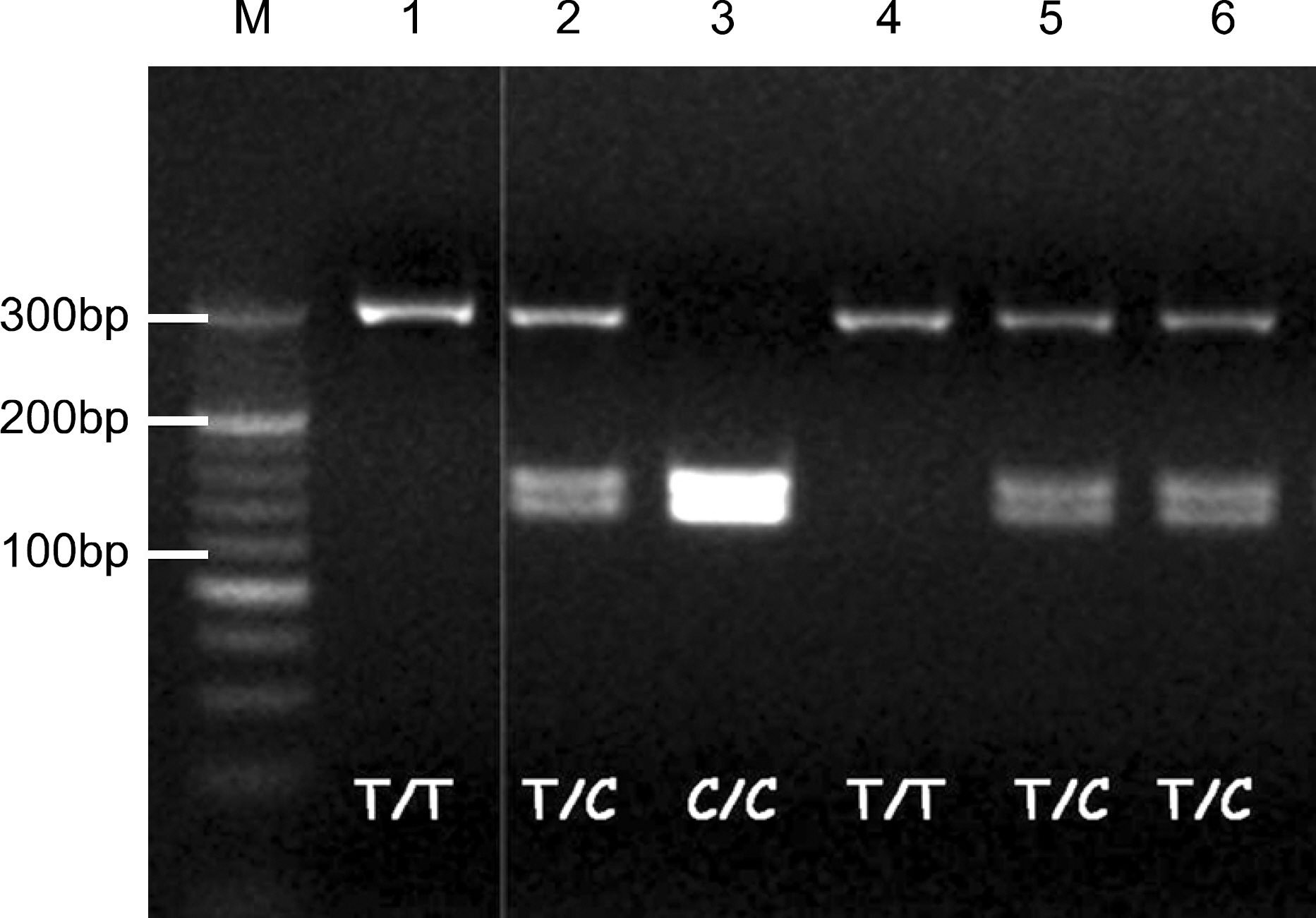Korean J Gastroenterol.
2010 May;55(5):336-339. 10.4166/kjg.2010.55.5.336.
A Case of Ulcerative Colitis Found in a Patient Whose Parent has Crohn's Disease
- Affiliations
-
- 1Department of Internal Medicine, College of Medicine, The Catholic University of Korea, Suwon, Korea. drmaloman@catholic.ac.kr
- KMID: 1718340
- DOI: http://doi.org/10.4166/kjg.2010.55.5.336
Abstract
- Inflammatory bowel diseases (IBD) is heterogeneous, chronic relapsing disorder. Inappropriate and exaggerated immune response for the luminal antigen is known as a main pathogenesis. Genetic, infectious, and environmental factors are responsible for unbalanced immune response, but the definite pathogenesis is still unclear. Genetic factor is the most important role of all. That is based on high concordance rate of identical twins and family history. The incident rate and prevalence of IBD for the Asian population is relatively lower than Western population, and the lack of NOD2 or TLR4 genetic polymorphisms in Korea and Japanese population suggests the difference in genetic background between Asian and Western population. In Korea, the case of familial aggregation of IBD is pretty rare. We report a case of the daughter with ulcerative colitis and her mother with Crohn's disease who have a -159C/T promoter polymorphism of CD14 gene for IBD.
MeSH Terms
Figure
Reference
-
1. Todd JA. Human genetics. Tackling common disease. Nature. 2001; 411:537Y539.2. Russel MG, Pastoor CJ, Janssen KM, et al. Familial aggregation of inflammatory bowel disease: a population-based study in South Limburg, the Netherlands. The South Limburg IBD Study Group. Scand J Gastroenterol. 1997; 223(suppl 32):S88–S91.3. Park JB, Yang SK, Byeon JS, et al. Familial occurrence of inflammatory bowel disease in Korea. Inflamm Bowel Dis. 2006; 12:1146–1151.
Article4. Yang SK, Yun S, Kim JH, et al. Epidemiology of inflammatory bowel disease in the Songpa-Kangdong district, Seoul, Korea, 1986-2005: a KASID study. Inflamm Bowel Dis. 2008; 14:542–549.
Article5. Hendrickson BA, Gokhale R, Cho JH. Clinical aspects and pathophysiology of inflammatory bowel disease. Clin Microbiol Rev. 2002; 15:79–94.
Article6. Cho JH. Update on the genetics of inflammatory bowel-disease. Curr Gastroenterol Rep. 2001; 3:458–463.7. Loftus EV Jr. Clinical epidemiology of inflammatory bowel disease: incidence, prevalence, and environmental influences. Gastroenterology. 2004; 126:1504–1517.
Article8. Yang SK, Loftus EV Jr, Sandborn WJ. Epidemiology of inflammatory bowel disease in Asia. Inflamm Bowel Dis. 2001; 7:260–270.
Article9. Orholm M, Munkholm P, Langholz E, Nielsen OH, S⊘ rensen TI, Binder V. Familial occurrence of inflammatory bowel disease. N Engl J Med. 1991; 324:84–88.
Article10. Van Limbergen J, Russell RK, Nimmo ER, et al. Genetics of the innate immune response in inflammatory bowel disease. Inflamm Bowel Dis. 2007; 13:338–355.
Article11. Inoue N, Tamura K, Kinouchi Y, et al. Lack of common NOD2 variants in Japanese patients with Crohn's disease. Gastroenterology. 2002; 123:86–91.
Article12. Leong RW, Armuzzi A, Ahmad T, et al. NOD2/CARD15 gene polymorphisms and Crohn's disease in the Chinese population. Aliment Pharmacol Ther. 2003; 17:1465–1470.
Article13. Croucher PJ, Mascheretti S, Hampe J, et al. Haplotype structure and association to Crohn's disease of CARD15 mutations in two ethnically divergent populations. Eur J Hum Genet. 2003; 11:6–16.
Article14. Cario E, Podolsky DK. Differential alteration in intestinal epithelial cell expression of toll-like receptor 3 (TLR3) and TLR4 in inflammatory bowel disease. Infect Immun. 2000; 68:7010–7017.
Article15. Lee KM, Chung WC, Paik CN, et al. A polymorphism of CD14 is associated with inflammatory bowel disease in Korean population. Gastroenterology. 2009; 136(suppl 1):A–368.16. Yang SK, Park M, Lim J, et al. Contribution of IL23R but not ATG16L1 to Crohn's disease susceptibility in Koreans. Inflamm Bowel Dis. 2009; 15:1385–1390.
Article17. Cho HS, Byun TJ, Ahn SB, et al. A case of familial Crohn's disease observed in a parent and his offspring. Korean J Gastroenterol. 2008; 52:247–250.18. Hubacek JA, Rothe G, Pit'ha J, et al. C(-260)→ T polymorphism in the promoter of the CD14 monocyte receptor gene as a risk factor for myocardial infarction. Circulation. 1999; 99:3218–3220.
- Full Text Links
- Actions
-
Cited
- CITED
-
- Close
- Share
- Similar articles
-
- Pharmacologic treatment for inflammatory bowel disease
- A Case of Post-traumatic Pyoderma Gangrenosum Associated with Ulcerative Colitis
- A Case of Simultaneous Presentation of Bullous and Ulcerative Types of Pyoderma Gangrenosum in an Ulcerative Colitis Patient
- Imaging Techniques and Differential Diagnosis for Inflammatory Bowel Disease
- A Case of Benign Colonic Stricture Treated by Therapeutic Balloon Dilatation in Ulcerative Colitis





